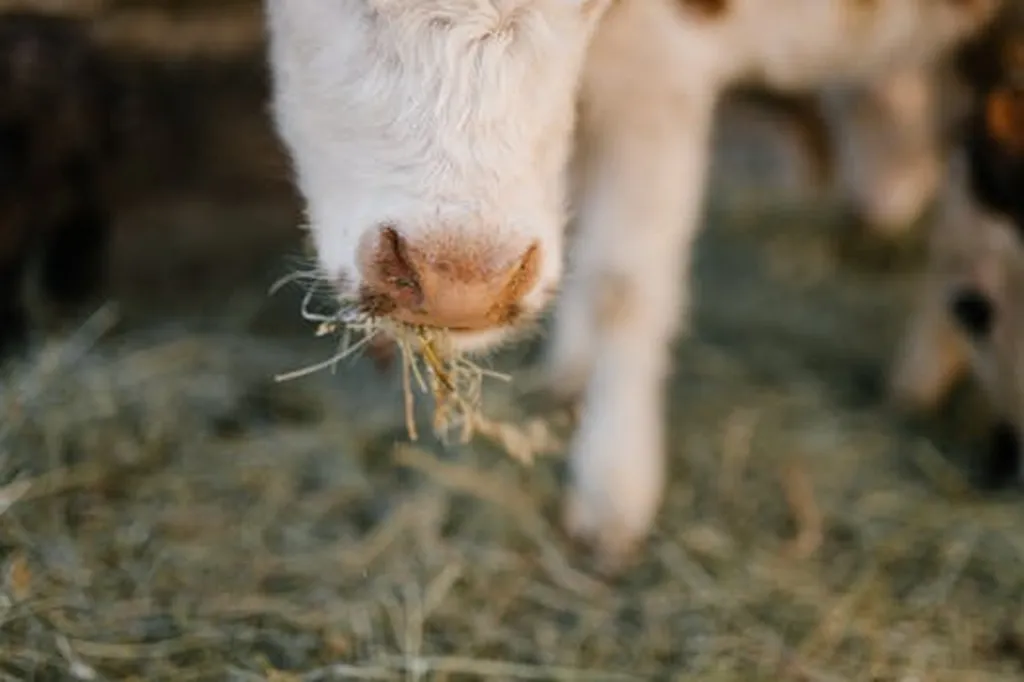In the ever-evolving landscape of precision agriculture, a groundbreaking study led by Fan Liu from the College of Computer and Information Engineering at Inner Mongolia Agricultural University has introduced a novel approach to monitoring dairy cattle health. The research, published in the journal *Veterinary Sciences* (translated from Chinese as “Veterinary Sciences”), focuses on automating the Body Condition Score (BCS) assessment—a critical indicator of cattle health, production efficiency, and environmental impact—using computer vision and edge computing technologies.
Traditionally, BCS assessment has been a manual, subjective, and time-consuming process, limiting its scalability in large-scale farming operations. Liu’s team has developed a lightweight, efficient model that categorizes BCS into five levels by analyzing tail features, a previously underutilized indicator. “By focusing on tail features, we can capture subtle changes in body condition that might be overlooked in other areas,” Liu explains. This innovative approach not only enhances accuracy but also streamlines the assessment process, making it more suitable for real-time monitoring.
The model employs advanced attention mechanisms, including Squeeze-and-Excitation (SE) attention and spatial attention, to improve feature selection and spatial information processing. SE attention adjusts the importance of different channels, while spatial attention focuses on key regions within the image. These mechanisms, integrated into the EfficientNet-B0 architecture, significantly enhance feature extraction and localization, leading to more precise BCS assessments.
One of the standout achievements of this research is the successful deployment of the model on edge devices. Model distillation techniques were used to reduce the model size from 23.8 MB to 8.7 MB, improving inference speed and storage efficiency. Despite the reduced size, the distilled model maintains impressive performance metrics, achieving 91.10% accuracy, 91.14% precision, 91.10% recall, and 91.10% F1 score. The accuracy further increases to 97.57% for a ±0.25 BCS error and 99.72% for a ±0.5 error, demonstrating the model’s robustness and reliability.
The implications of this research are far-reaching, particularly for the energy sector. Efficient livestock management is crucial for reducing the environmental footprint of dairy farming, a significant contributor to greenhouse gas emissions. By automating BCS assessments, farmers can optimize feed management, improve animal welfare, and enhance production efficiency, ultimately leading to more sustainable and energy-efficient farming practices.
“This research provides an efficient, scalable method for automated livestock health monitoring, supporting the development of intelligent animal husbandry,” Liu states. The model’s ability to operate on edge devices with limited resources makes it particularly valuable for large-scale farming operations, where real-time monitoring and data processing are essential.
As the agricultural industry continues to embrace digital transformation, innovations like Liu’s model are paving the way for smarter, more sustainable farming practices. By leveraging computer vision and edge computing, farmers can gain real-time insights into their livestock’s health, enabling proactive management and improved decision-making. This research not only advances the field of precision agriculture but also underscores the potential of technology to drive sustainable development in the energy sector.

